Vending machines are ubiquitous in Japan. For a long time now, not only drinks and food have been offered here, but also all kinds of curiosities that you can really only find in Japan.
We probably all know vending machines. You can usually find them on train platforms or in various teaching institutions such as universities. However, like so many other things, Japan has taken this concept to a completely different level.

The so-called Jidōhanbaiki (自動 販 売 機) aka Jihanki, in English vending machines, are an indispensable part of everyday life in Japan. Statistically speaking, there is one vending machine for every 23 inhabitants. In particular, there are at least one, if not several, vending machines every hundred meters.
So how did vending machines become so popular and most importantly, how have they affected Japan’s coffee culture? Let’s find out!
Brief History of the vending machine
The vending machine is defined by the insertion of coins, and you will be surprised to find out that the first traditional vending machine already existed in antiquity. The mathematician Heron of Alexandria invented the vending machine for holy water in the 1st century AD.
This worked by throwing a tetradrachm coin into a slot. The weight of the coin set a lever in motion when it hit the longer side, which opened a valve. So the holy water could drip from the machine. Centuries later and with the help of the industrial and technological revolution, we now have fully automated vending machines worldwide.

Vending Machines arrive in Japan
Coca-Cola set up the first vending machines in Japan in 1962. During the 70s, the current model arrived, making it possible to buy warm drinks as well. In the nineties, the industry changed the operating system of the machines.
Until then, they were looked after by private individuals who rented vending machines from the beverage companies, filled them with their products, and then participated in the sales. With the change, the companies took over the entire operation themselves.
Nowadays, private individuals only have to offer the location and pay the electricity costs. Professional vending machine operators take care of the rest on behalf of the company. They do everything from filling, cleaning, collecting cash, and recycling.


Types of vending machines
As mentioned in the beginning there are drinks, food, and other kinds of curiosities you can find in vending machines:
Drinks
By and large, the vending machines do not differ that much from the Western-type - only the selection is different. While standard drinks such as Cola, Fanta, Sprite, water, and apple spritzer are common in this country, in Japan you can also find Cola, Fanta and water, but other drinks are more the norm.
What you will most often find in Japanese vending machines - also in 5 different versions - is green tea. Otherwise, the machines offer a huge selection of the craziest soft drinks and the range is different almost everywhere. So you won't get bored quickly!
In winter you can also find hot drinks in almost all machines - also in cans. These are by no means limited to coffee. A wide variety of warm teas can also be found here, such as the popular milk tea.
Many of these machines are now even equipped with a function that ensures that they dispense drinks free of charge in the event of a major natural disaster. This proved to be extremely useful, especially during the severe earthquake in 2011: over 100,000 drinks were made available in this way in affected regions.
Food
In some places, you can often find vending machines that offer ready meals. Snacks or sandwiches. In Japan, however, hot dishes are actually the more common alternative.
Here, for example, it is completely normal to have canned soup to drink! These soups are usually available in the same cans as warm drinks.
More specifically, at public institutions and well-known sights, you will also find vending machines that offer other warm dishes such as noodles or even pizza and other ready-made dishes. You can even find fresh eggs or fresh fruit in vending machines in Japan.
Other Curiosities
In addition to the common vending machines for food and drinks, there are also some curious models that you are most likely to come across in Tokyo. For example, there are vending machines from which you can get bouquets of flowers, umbrellas, fishing lures or ties. Everything that could be needed "spontaneously".
An opportunity for advertising
During the 90s when companies took over the vending machine operation they gained better control over where they wanted to set up a machine. A race for street corners and roadsides began in the beverage industry.
Every vending machine is basically an advertising pillar for the drinks company from which it comes. It wasn't just about good sales, it was also about putting the brand name in the landscape. And that's probably the reason there are many vending machines in places one might think are deserted.

Why Vending Machines?
There are actually a few reasons why vending machines are so prevalent in Japan:
- The Japanese, especially those who live in Tokyo, work hard and value comfort and time. Vending machines are a quick and easy option.
- Falling birth rates, an aging population, and a lack of immigration have led to both increases in prices and reductions in staff. It’s cheaper to install a vending machine and let it do its job than to open a convenience store and pay employees.
- In Japan, people mostly pay with cash. In many small and medium-sized shops and restaurants, only coins and bills are accepted. Thus people always have loads of coins on them that can be used in vending machines.
- Robotics and automation are two things that are very much valued in Japan. In fact, the Japanese are pioneers in automation products, so it’s no surprise vending machines are so popular.
Vending Machines and Coffee in Japan
Coffee arrived in Japan long before vending machines did. It was 1877 when the first coffee beans made their way into the country 1877, back when Japanese migrant workers were sending them home from Brazil. From independent coffee shops to cutting-edge technology, coffee has been thriving in Japan for decades.
However, vending machines arrived in Japan before the innovation of canned coffee. One could say vending machines inspired the Japanese to create the first-ever canned coffee. But before we go into canned coffee, just how did drinks end up in cans in the first place?

Canned Drinks History
The first beverage can be invented in America in the early 1930s. The "Gottfried Krueger Brewery" from New Jersey brought beer in cans onto the market for the first time on January 24, 1935. With huge success: 200 million beer cans were sold in the first year.
Outside the United States, England was the first country to sell canned beer. In 1937, 23 breweries in Great Britain were already offering their products in cans.
In Germany, however, it would take until 1951 for a large Frankfurt brewery to sell its export beer in cans. The clientele she had in mind were the American soldiers stationed there. A plan that worked.
The advantages of the beverage can, especially for retailers, are obvious. The cans are not fragile, are easy to transport and store, and not only serve as packaging but also as a drinking vessel. Incidentally, the first non-alcoholic beverages in cans were soft drinks, which were produced in the USA from 1936.
Brief History of the first canned coffee
Even though Europe and the United States were the first to put alcoholic and soft drinks in cans, it was Japan that invented the first canned coffee. The official website of the government of Shimane Prefecture, Japan claims that the world's first canned coffee, Mira Coffee, appeared in Shimane in 1965, but that was short-lived. It was in the market only for three years due to financial difficulties.
Four years later in 1969, UCC introduced its canned coffee with milk. Back in 1933, Tadao Ueshima - "the father of coffee in Japan" founded UCC (Ueshima Coffee Co.) and established the industry's first roasting plants, production facilities, coffee shops, plantations, and global networks through cooperation and thus established itself as the driving force of coffee culture worldwide.

Its history, which is characterized by ambition and innovation, includes the introduction of the world's first canned coffee in 1969, which was recognized worldwide. After UCC’s big success, there was a big boom in canned coffee in Japan. This boom is responsible for the variety of coffees in vending machines.
Perhaps more significant was the introduction of the hot and cold beverage machine by Pokka Coffee in 1973, as for the first time one vending machine could offer both hot and cold canned coffees.

Popular canned coffee brands
In addition to UCC and Pokka, all of the major Japanese beer, soda, and beverage companies, as well as most coffee companies, currently have canned coffee. Some of the popular brands are listed below;
- Fire (kirin drink)
- Dydo Demitasse Premium
- Georgia (Coca-Cola of Japan)
- Nescafé
- Roots (owned by Suntory since July 2015, originally owned by Japan Tobacco)
- Wonda (Asahi)
Other brands are GEORGIA Espresso Blend, Coffee Plus by Coca-cola, Kissui (Sapporo Softdrinks, from January 2013 Pokka Sapporo Foods and Beverages), Itoen, Sangaria, Coffee Time (Yakult), BG (Meiji Dairies), and Cafe La Mode (Calpis).
Local and house brands are common, and the larger companies offer regional versions of their coffee.

Something for Everyone
You have so many options when it comes to vending machine coffee, hot and cold, so you are guaranteed to find something that you like. Canned americano, espresso, latte, café au lait, single origin, blend, filter coffee, you name it. It’s all there!
There are numerous types of canned coffee in Japan, most of which make up a typical business assortment. "Coffee with milk", which contains milk and is generally quite sweet, is very common. Black coffee is just as popular as “low sugar”, café au lait, and latte without sugar.
Georgia has offered flavored coffees like hazelnut, but they're rare. Seasonal coffees are also made, especially iced coffee that appears in the summer months. The types of coffee are often sold both hot and cold.
Types of cans
The original UCC can have a capacity of 250 ml. In the 1970s, 190 ml cans came onto the market, and both can size are still around. The size of the 250 ml or 190 ml can do not indicate the type of taste, but iced coffee cans are usually short and bold and contain 280 ml.
American-size (350 ml) cans are almost non-existent, though Dydo makes one of these sizes called "American Coffee". Barrel-shaped cans are also quite popular, while one aspect of Roots' marketing campaign is the company's unique "fitted" can.
In recent years a new type of twist-off cap cone top has appeared and many companies are offering at least one of their coffees in this type of container. Commemorative boxes are widely used in Japan for major events such as the Tokyo Motor Show, sports teams and sporting events, and manga/anime characters.
The design and shape of the can have also changed dramatically over the years. The earliest cans were graphically simple and often wavy. Next came the appearance of cans with straight steel walls, which eventually settled on a more modern shape.
Like the earlier cans, this type begins as a flat arch that is corrugated and hemmed. Extruded steel is also used extensively. Aluminum coffee cans are almost non-existent, although UCC Black is a notable exception.

Making History
How long would it have taken for the first canned coffee to be invented if it wasn’t for the invention of vending machines? Well, one can only speculate. Soft canned drinks were already on the market so maybe it wouldn’t have taken long but the invention of the vending machines was definitely a decisive factor.
It is no surprise then that it was the Japanese that invented the first canned coffee since they so quickly embraced the concept of the vending machine. Indeed the vending machine has not only changed Japan’s coffee culture, but it has also had a worldwide impact when it comes to canned coffee.
More and more brands worldwide, big companies or even small roasteries, produce and sell their own canned coffee with the hope to make a difference in the market. And that’s all thanks to the vending machines and the first canned coffee.
Final Thoughts
So, the answer is yes, vending machines and canned coffee have definitely been influential in Japan’s coffee culture, but also in Japan’s culture in general. Sometimes the simplest things can become so integral to a nation’s identity.
Japan is a country where automation thrives and its people are hard workers who value time well spent. In a way, vending machines and canned coffee are a reflection of some of the Japanese values the country is famous for.
• Disclosure: I only recommend products I would use myself, and all opinions expressed here are my
own. This post may contain affiliate links that I may earn a small commission at no additional cost to you.
The commission also supports us in producing better content when you buy through our site links.
Thanks for your support.
- Kei and Team at Japanese Coffee Co.
Get Free Bonus Books

Sign up for free to the Coffee Club to get advice and exclusive articles about how to choose Japanese Coffee, and tips, tricks, and recipes for enjoying Japanese coffee.
About the author
Kei Nishida
Author, CEO Dream of Japan
Certification: PMP, BS in Computer Science
Education: Western Washington University
Kei Nishida is a passionate Japanese tea and coffee connoisseur, writer, and the founder and CEO of Japanese Coffee Co. and Japanese Green Tea Co., both part of Dream of Japan.
His journey began with a mission to introduce the world to the unparalleled quality of Japanese green tea. Through Japanese Green Tea Co., he established the only company that sources premium tea grown in nutrient-rich sugarcane soil—an innovation that led to multiple Global Tea Champion awards.
Building on this success and his passion for Japanese craftsmanship, Kei expanded into the world of coffee, pioneering the launch of Japanese Coffee Co., the first company to bring Sumiyaki charcoal-roasted coffee to a global audience. His dedication to authenticity and quality ensures that this traditional Japanese roasting method, once a well-kept secret, is now enjoyed worldwide.
Beyond tea and coffee, Kei has also introduced Japan’s legendary craftsmanship to the world through Japanese Knife Co., making handmade katana-style knives—crafted by a renowned katana maker—available outside Japan for the first time.
Kei’s journey continues as he seeks out and shares the hidden treasures of Japan, one cup and one blade at a time.
Learn more about Kei



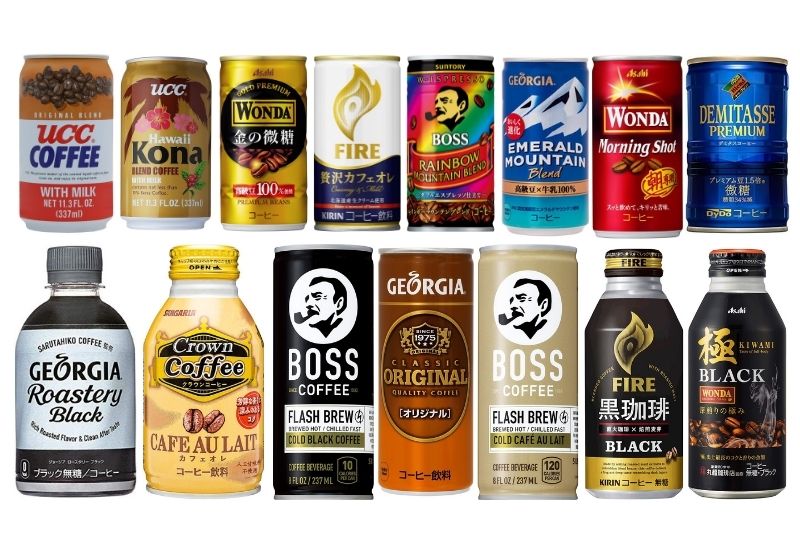
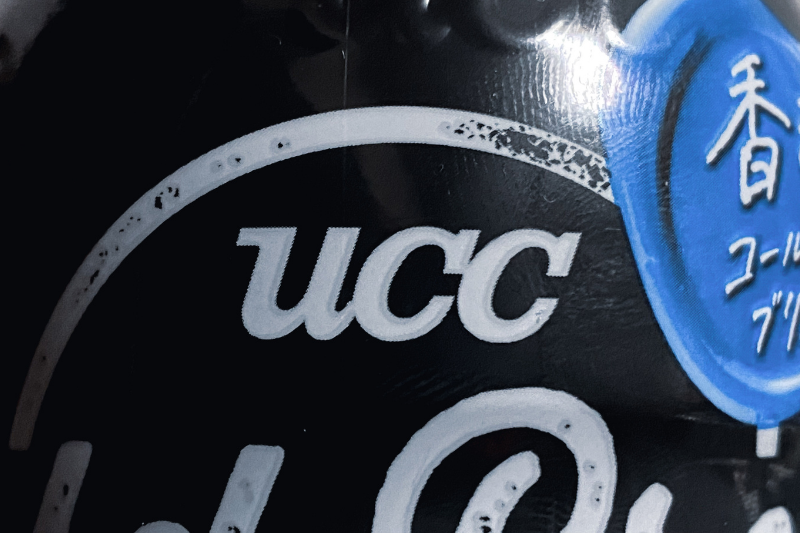
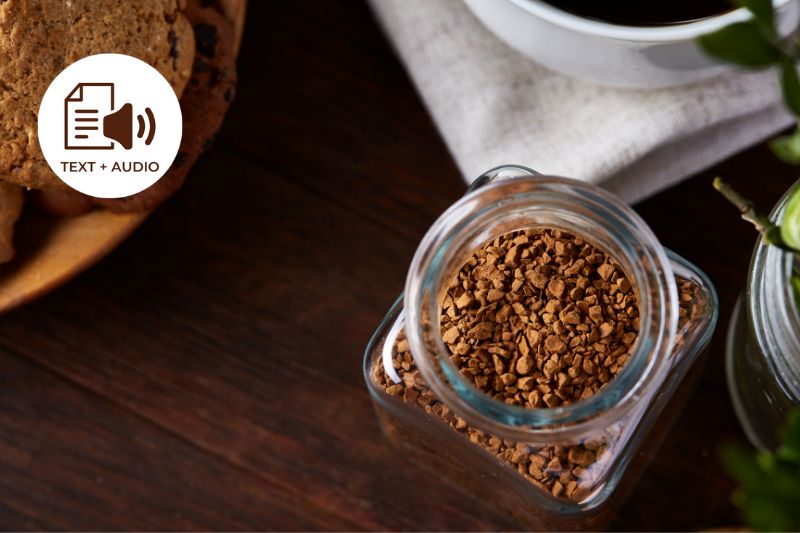
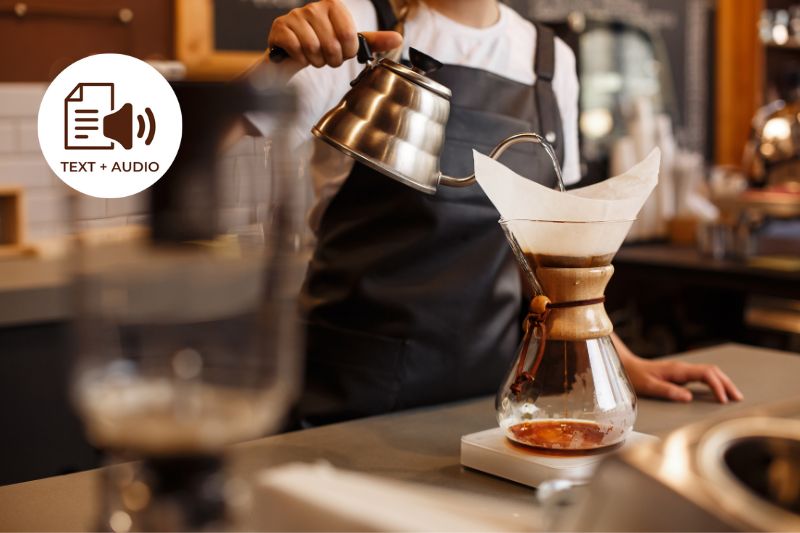


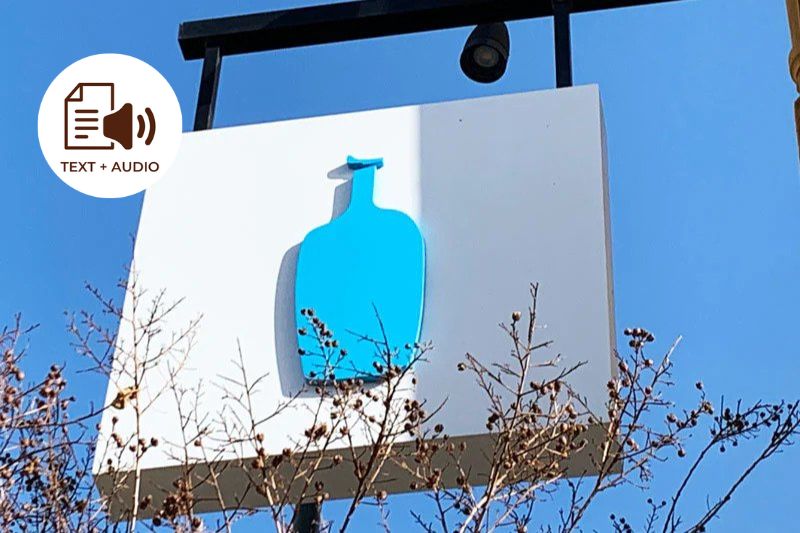
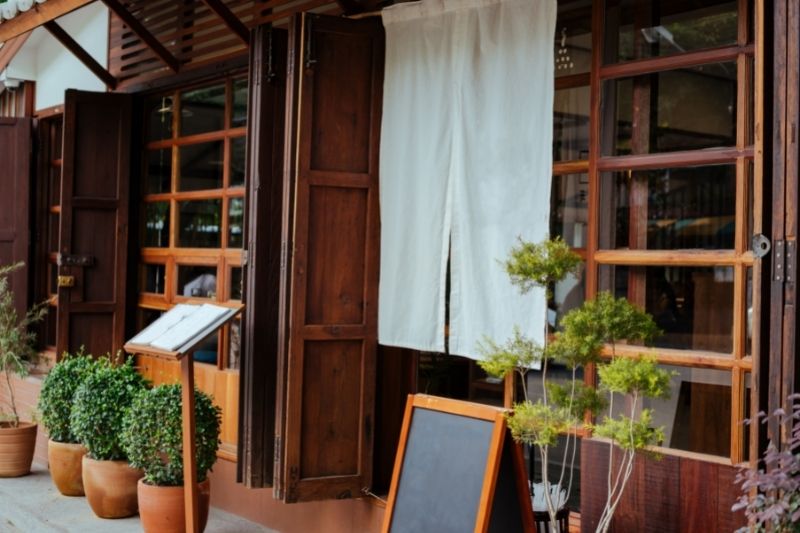

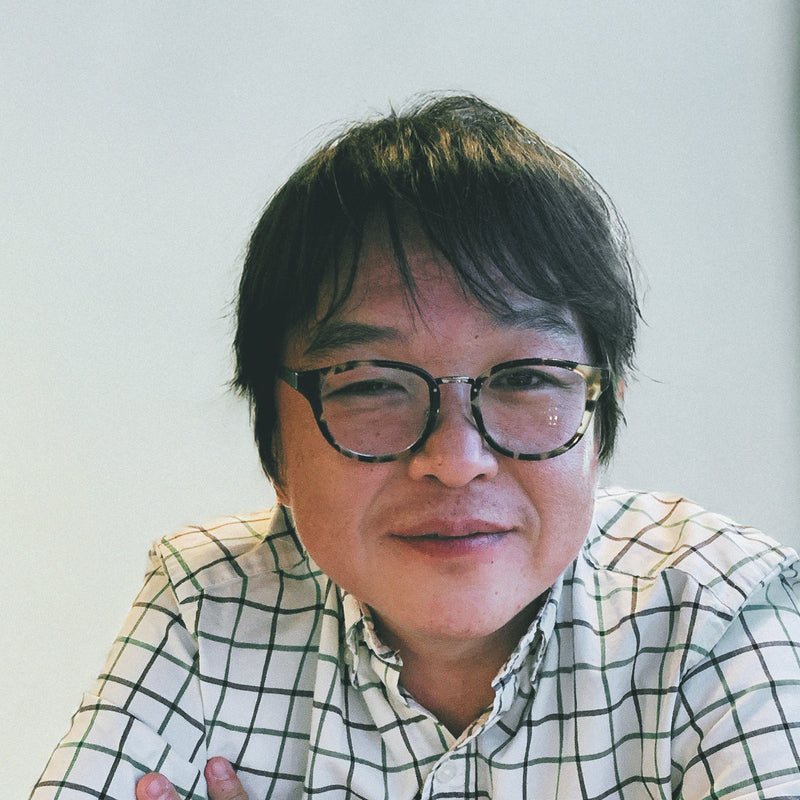



The blog article sheds light on the transformative impact of vending machines on Japan’s coffee culture, offering a concise yet insightful analysis. As someone with a keen interest in Japanese culture and coffee, I found the historical context provided especially illuminating, showcasing how vending machines revolutionized accessibility and convenience in coffee consumption across the country. The article effectively highlights the role of these ubiquitous machines in shaping modern consumer habits and preferences, underscoring their significance beyond mere convenience. Overall, it offers a compelling narrative that showcases the fascinating intersection of technology and cultural traditions in Japan’s vibrant coffee scene.
This insightful blog article delves into the fascinating evolution of Japan’s coffee culture and the significant role played by vending machines in shaping it. Through engaging storytelling and informative analysis, the author highlights how vending machines revolutionized the accessibility and popularity of coffee consumption in Japan, offering convenient access to freshly brewed beverages anytime, anywhere. As someone who has experienced Japan’s bustling streets adorned with rows of vending machines offering a myriad of beverage options, including a variety of coffee selections, I can attest to the profound impact these machines have had on the country’s caffeinated landscape. This article serves as a compelling testament to the ingenuity and innovation driving Japan’s coffee culture forward, showcasing how technology continues to redefine the way we enjoy our favorite brews.
I was stationed at Mount Fuji in 1999/2000 and we had a vending Machine that sold hot coffee in cans. I remember being addicted to one that I thought was Georgia Coffee cafe au lait. It was 110 yen and the color of the can was a light milk brown like the Boss coffee. But I am positive it was Georgia or UCC. For years I would check Asian grocers but no luck. Now that it is making it over I cannot remember exactly what it was.